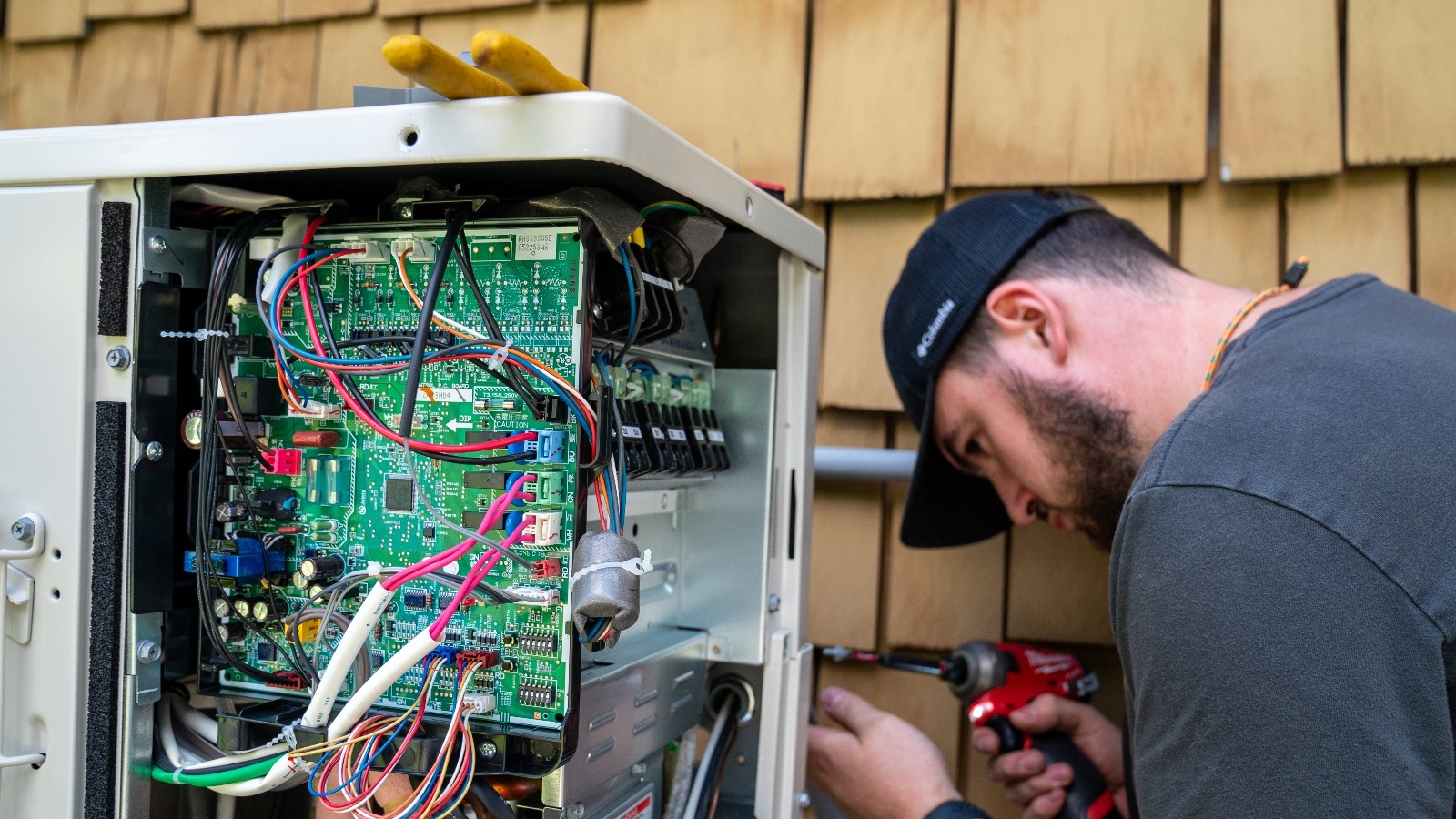Cali, Colombia – While governments begin talks at the UN Biodiversity COP16 in Cali, a Greenpeace International report released today warns that at the current rate of progress, the 30×30 ocean target, agreed by all governments at the previous biodiversity COP15, won’t be achieved at sea until 2107.[1][2]
The report, From Commitment to Action: Achieving the 30×30 target through the Global Ocean Treaty, details progress made so far towards the goal and sets out the key obstacles preventing faster progress. The findings are damning: almost nothing has been done since the target was agreed.
Megan Randles, Policy Advisor, Greenpeace UK, attending the Biodiversity COP16, said: “We are six years from the end of 2030 and yet almost no progress has been made towards protecting 30% of the world’s ocean. At the current rate, we won’t hit 30% protection at sea until the next century.”
“A healthy ocean is vital for millions of people and for protecting biodiversity from human pressures and climate change. Where is the ambition? Where are the ocean champions? This objective can only be achieved with great efforts both in territorial waters and on the high seas. Governments must accelerate the pace of ratification to bring the Global Ocean Treaty to life in 2025. This is the only way to keep the 30×30 target within reach.”
Key findings from the report include:
- In the 32 years since the Rio Earth Summit, where the Convention for Biological Diversity was established, only 8.4% of the global ocean has been protected within Marine Protected Areas (MPAs).
- The equivalent of 23.5 MPAs, each the size of metropolitan France, will have to be established every year between now and the end of 2030 to reach 30% in the six years that remain.
- Without high seas MPAs 83% of all national waters would need to be protected to hit the 30×30 goal.
- 2.7% of the global ocean is currently fully or highly protected from human activities, and the figure is just 0.9% for areas of the high seas, which are beyond national jurisdiction.
MPAs can have many benefits, from increased species richness to protecting sites of economic, social and cultural importance to local communities. However, some established MPAs do not provide any conservation or social benefits because of a lack of management measures – and so are little more than ‘paper parks’.[3] The report presents case studies from the UK, Australia and Indonesia to highlight barriers to high quality Marine Protected Areas: allowing bottom trawling, downgrading management plans, lack of resources for enforcement.
Randles added: “The level of protection determines the success of an MPA, so the new sanctuaries must be fully or highly protected to be effective. It is critical to protect the most ecologically valuable 30%, not the most politically convenient or easiest 30%. They also must be established in a manner that supports the formation of an ecologically representative and interconnected network and to recognise the role and rights of Indigenous peoples and coastal communities.”[4]
Without the Global Ocean Treaty, the establishment of MPAs in the high seas would remain an ad hoc, a geographically fragmented process that would not be able to deliver a coherent global network of protected areas covering 30% of the ocean. The Treaty is the only legal tool that, once ratified, could enable governments to deliver the 30×30 target in international waters.
The UN biodiversity COP16 is a crucial moment to stop biodiversity loss. Greenpeace expects that parties to the Convention on Biological Diversity (CBD) to make significant progress in relation to the identification of areas of high conservation value, known as EBSAs, while fully taking into account the interests and rights of Indigenous Peoples and local communities.[5]
ENDS
Contacts:
Magali Rubino, Global Media Lead, Greenpeace Protect the Oceans campaign, Greenpeace France: [email protected] +33 7 78 41 78 78 (GMT+1)
In Cali for the CBD COP16: Gaby Flores, [email protected]
Greenpeace International Press Desk: [email protected], +31 (0) 20 718 2470 (available 24 hours)
Follow @greenpeacepress on X/Twitter for our latest international press releases
Notes:
Megan Randles and other Greenpeace spokespersons and partners are attending the UN Biodiversity COP16 in Cali are available for interview.
[1] Two years ago, during the UN Biodiversity COP15, states agreed on a target of protecting at least 30% of the ocean by 2030 (30×30), a figure supported by scientists for several years.
[2] Report: From Commitment to Action: Achieving the 30×30 target through the Global Ocean Treaty
[3] A study of 184 MPAs that were categorised using the IUCN framework found that 27% were considered paper parks, with the largest number occurring in Latin America and the Caribbean (Relano and Pauly, 2023).
[4] Countries must implement the agreement to protect at least 30% of national waters by 2030, ensuring that unsustainable extractive industries are banned and that local communities are central to decision making in marine conservation policies, including marine spatial planning and National Biodiversity Strategies and Action Plans (NBSAPs).
[5] CBD decisions on EBSAs will have a crucial impact on the ability of the international community to meet its obligations to protect 30% of the world ocean by 2030 under the Kumming-Montreal Global Biodiversity Framework (KM-GBF) and on the successful and swift implementation of the new Global Ocean Treaty as soon as it enters into force.Protecting at least 30% of land and of seas by 2030 (30×30) only works as a baseline target for developing a well-connected network of protected areas if those areas are highly-protected, without incursion from Big Agribusiness, industrial fishing, fossil fuel extraction, and deep sea mining, and are managed with full respect the rights and roles of Indigenous Peoples and local communities.
More on Greenpeace’s demands for the UN Biodiversity COP16 can be found at:
greenpeace.org/international/cop16/
Source link
Greenpeace International www.greenpeace.org


